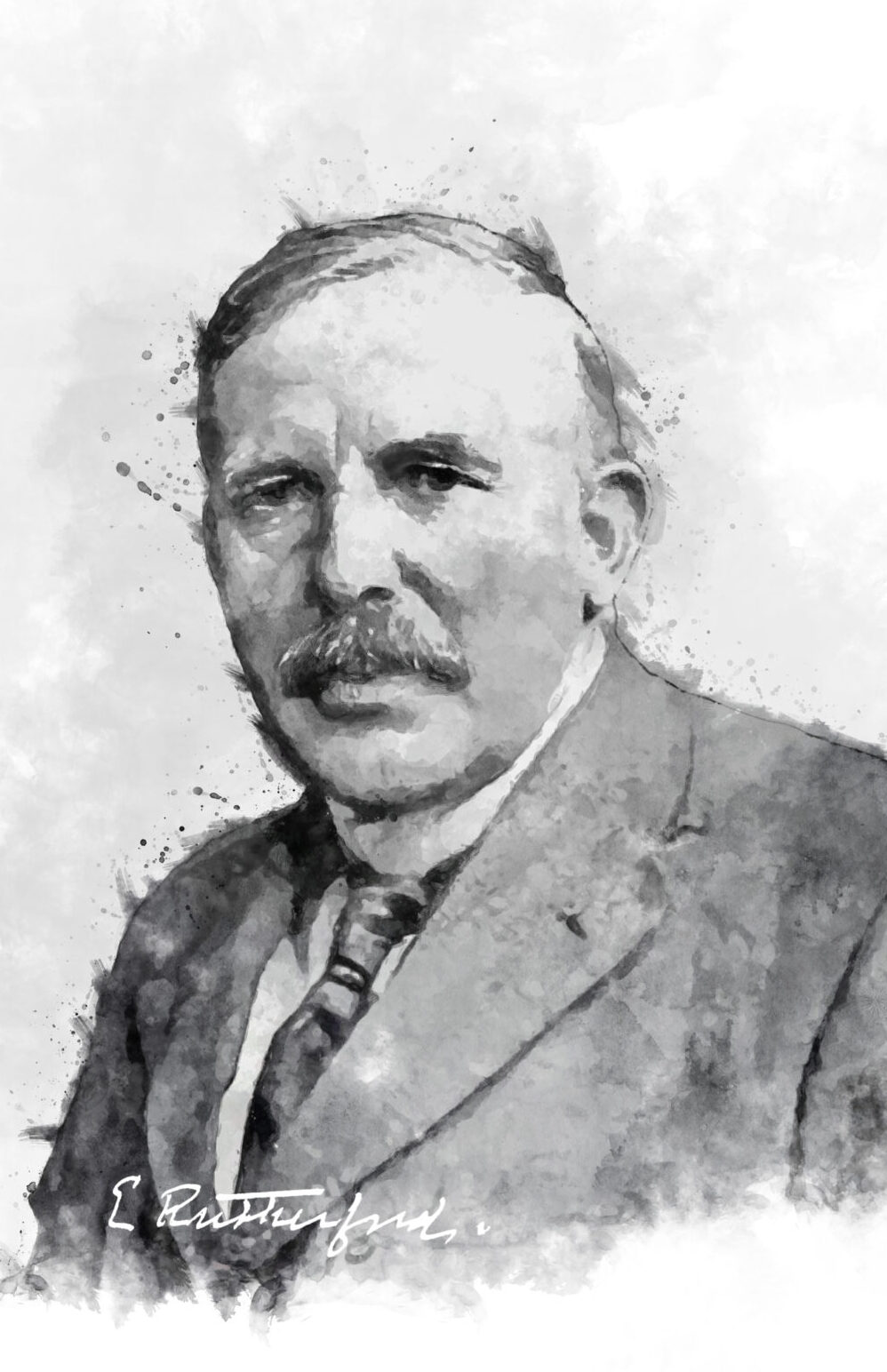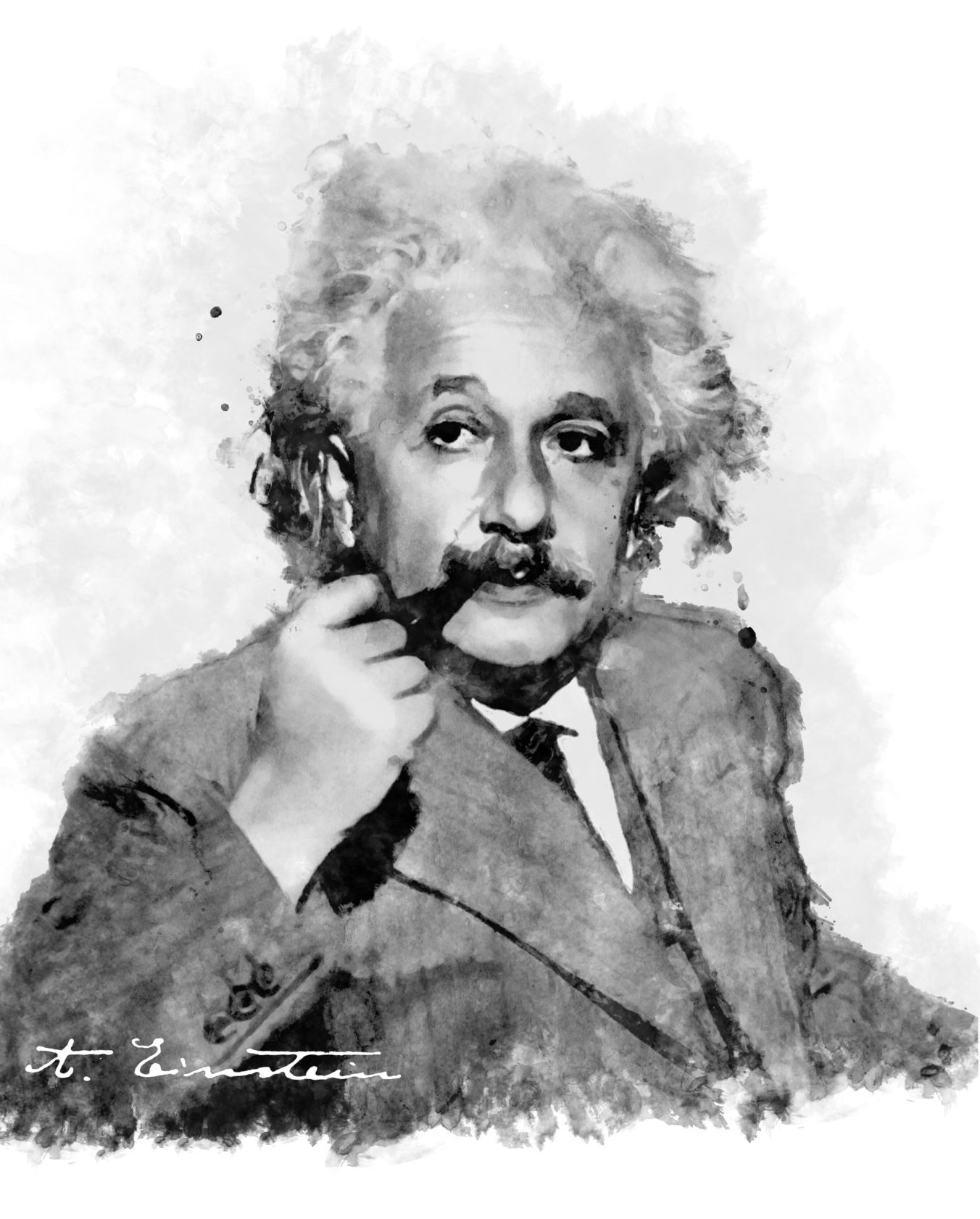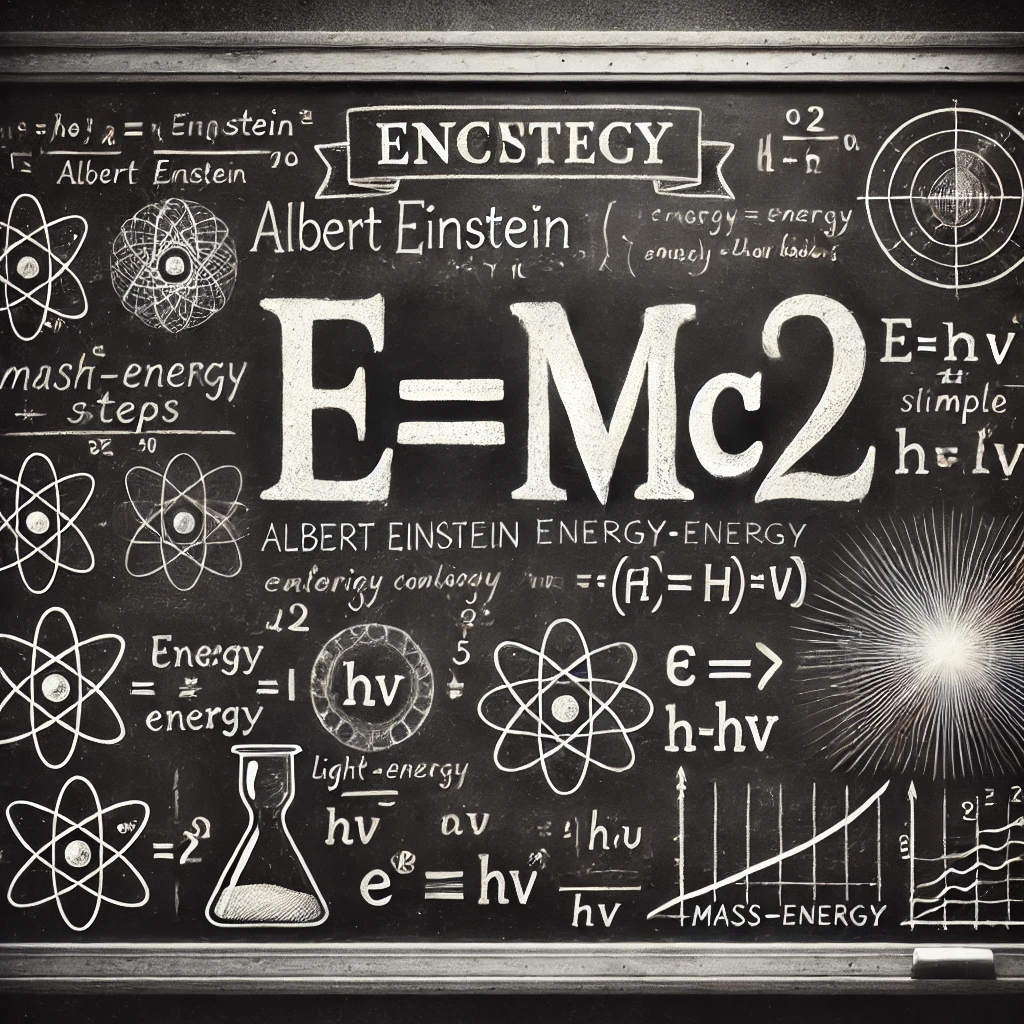The Science
A spiritual scientific reality
This intruduction includes some of the well established science to show that the concept we are talking about here is not just som crazy far out crazy theory.
What we are going to precent is four scientific theory and facts that all together combined constructs a scientific foundation and proof for the existens of God and that our world, is far from just a materialistic world devoid of any thing outside what we can observe and measure.
The history of science tells of many discoveries that have significantly changed how we understand the world. When we are on a spiritual journey trying to uncover the truth about the reality around us, it’s important to consider science. If your beliefs don’t consider basic knowledge about the world, it’s like building your spirituality and understanding on shaky ground.
At the same time, it’s crucial not to be too trusting and believe everything people in authority say. So, what should you do? Check if the scientific knowledge you’re using to understand the world has been tested and verified. See what critics say, and if their arguments make sense. Have you personally looked into the theories to see if they hold up? If you’re serious about your spiritual growth, these are the questions you need to ask. You might not be a scientist, but adopting a questioning mindset and being critical in your thinking are important in your spiritual search.
In this discussion, we’ll introduce some important scientists and scientific facts and connect them to corresponding spiritual teachings from ancient times. Is there any possibility that the claim, ”the world is a divine dream” have any foundation in reality? And could you be a divine spiritual being, created in a likeness that goes beyond the physical?
Ernest Rutherford
Ernest Rutherford, a pioneering physicist from New Zealand, made significant contributions to our understanding of atomic structure and radioactivity. Here are the key discoveries associated with Rutherford.
One particular discovery he made are of special interest
to us, and its his work in 1911
- Nuclear Model of the Atom (1911): Rutherford proposed the nuclear model of the atom after conducting the famous gold foil experiment. He concluded that the atom has a small, dense nucleus at its center, which contains positively charged protons, and is surrounded by negatively charged electrons in orbit.
- Identification of Alpha and Beta Particles (1899-1900): Rutherford, along with Frederick Soddy, identified two types of radioactive emissions – alpha and beta particles. He characterized alpha particles as helium nuclei and beta particles as high-speed electrons.
- Discovery of the Nucleus (1911): Through the gold foil experiment, Rutherford discovered that most of the mass of an atom is concentrated in a tiny, positively charged nucleus, while electrons orbit the nucleus at a distance.
- Proton (1919): Rutherford proposed the existence of the proton, a subatomic particle with a positive charge found in the nucleus of an atom. This work laid the groundwork for later discoveries about the structure of atomic nuclei.
- Transmutation of Elements (1919): Rutherford achieved the first artificial transmutation of one element into another by bombarding nitrogen atoms with alpha particles, resulting in the production of oxygen and hydrogen.
These discoveries significantly advanced our understanding of the structure of matter and laid the foundation for later developments in nuclear physics and chemistry.

Ernest Rutherford in his cleverly designed gold foil experiment, Rutherford disclosed a surprising truth: contrary to earlier beliefs, atoms aren’t solid spheres; instead, they are mostly made up of empty space.
The experiment entailed firing alpha particles at a thin gold foil. The unexpected deflections and even backscattering of particles led Rutherford to a groundbreaking conclusion—that an atom’s mass and positive charge are concentrated in a small, dense nucleus at its center.
This revelation transformed our understanding by highlighting that the majority of an atom is, indeed, empty space. Rutherford’s work became the cornerstone for modern atomic theory, fundamentally changing how scientists perceive the basic building blocks of matter.
Ernest Rutherford’s groundbreaking insight into the predominantly empty nature of atoms, stemming from the 1909 gold foil experiment, has endured the test of time and rigorous scientific scrutiny. Subsequent experiments and technological advancements have consistently affirmed and refined Rutherford’s initial findings. Today, it is an established fact in the scientific community that atoms are primarily composed of empty space.
This enduring principle is supported by the prevailing consensus, asserting that approximately 99.9999% of an atom is emptiness. Rutherford’s pioneering work, initially challenging conventional wisdom, has become a cornerstone in our understanding of the microscopic world. It not only withstood the scrutiny of further research and experimentation but also became a fundamental tenet guiding our comprehension of atomic structure.
The acknowledgment of the atom’s emptiness holds profound implications, influencing various scientific disciplines from physics to chemistry. It has become a vital part of the foundation upon which contemporary theories and models are constructed. Rutherford’s legacy persists not only as a significant scientific discovery but also as a testament to the enduring power of inquiry and the pursuit of a deeper understanding of the universe at its most fundamental levels.
Conclutions of Rutherfords discovers
The newfound understanding of the structure of the atom in 1909, as illuminated by Ernest Rutherford’s groundbreaking revelations, has far-reaching implications for our comprehension of the world around us. This insight into the microscopic realm, where atoms are the fundamental building blocks, reshapes our understanding of matter, its properties, and even the nature of reality itself.
The revelation that atoms are mostly empty space challenges our intuitive perception of solidity. Everyday objects, seemingly dense and substantial, are now understood to be composed of atoms with vast regions of emptiness. This understanding prompts a reconsideration of the material world and the properties we ascribe to different substances.
On philosophical level, the revelation of atoms being mostly empty space challenges traditional notions of solidity and normal perception of the world. So how is this discovery relevant to spiritual understanding ? The discovery of Rutherfords atom shows that similarity with ancient perception of a spiritual reality where the world is far more magic thatn normal thought about in western curriculum.
Albert Einstine
Albert Einstein’s three most famous discoveries reshaped our understanding of physics and made our understanding of the structure of the atom even more clear.
One of hes more famous Theorys Special Theory Of Relativity sheds more light on and deepens our understanding of the connection to Ernest Rutherfords empty atom.
Here are Alberts most famous work.
Special Theory of Relativity (1905): This theory introduced the idea that space and time are relative, meaning they change depending on an observer’s speed. Its most famous result is the equation E=mc², which shows that mass and energy are interchangeable. This groundbreaking concept revolutionized physics, explaining how objects behave at high speeds (near the speed of light).
General Theory of Relativity (1915): Einstein expanded his earlier work with this theory, describing gravity not as a force, but as the warping of space-time caused by mass and energy. This theory explained phenomena like the bending of light by gravity (gravitational lensing) and predicted the existence of black holes and the expansion of the universe.
Photoelectric Effect (1905): Einstein’s explanation of how light behaves as both a wave and a particle won him the Nobel Prize in Physics in 1921. He showed that light could be thought of as packets of energy (photons), which knock electrons off materials, demonstrating the quantum nature of light and laying the foundation for quantum mechanics.
These discoveries not only reshaped physics but also led to technological advancements, including GPS and nuclear energy.


Albert Einstein’s Special Theory of Relativity (1905) and Ernest Rutherford’s pioneering work in nuclear physics complement each other in profound ways, reshaping both scientific understanding and philosophical perspectives.
Rutherford’s discovery of the nucleus (1911) revealed the structure of the atom, showing that most of its mass is concentrated in a tiny central core. His work, along with later nuclear discoveries, highlighted the immense energy stored in atomic bonds. This set the stage for Einstein’s equation E=mc², a key result of Special Relativity, which showed that mass itself can be transformed into energy. This connection between mass and energy found a physical realization in nuclear reactions, confirming that vast amounts of energy could be released by manipulating atomic nuclei, as in nuclear fission and fusion.
Philosophically, these discoveries challenged classical Newtonian views of an absolute, deterministic universe. Einstein’s Special Relativity introduced the concept of relative space and time, undermining the idea of a single, objective reality. Space and time became intertwined, varying depending on an observer’s motion, suggesting a more fluid and interconnected universe. This aligned with the emerging quantum theories of the early 20th century, which similarly questioned deterministic causality and introduced probability as a fundamental aspect of reality.
Together, Einstein’s and Rutherford’s discoveries shifted humanity’s understanding of the universe from one rooted in fixed, immutable laws to one of interconnected and flexible dimensions, revealing the deep relationship between energy, matter, and the structure of space-time. Philosophically, this brought a new humility to our understanding of reality, highlighting the limits of classical thought and the profound interdependence of nature’s forces. It opened up avenues for technological advances but also raised ethical questions, especially with regard to the potential for energy manipulation in the form of nuclear power.
Conclutions of Albert Einstein's Theory's
Rutherford’s 1911 discovery of the atomic nucleus unveiled the structure of the atom, showing that most of its mass resides in a tiny central core. This discovery, alongside later nuclear advancements, revealed the vast energy contained within atomic bonds. It laid the foundation for Einstein’s famous equation, E=mc², a central result of his Special Theory of Relativity, which demonstrated that mass can be converted into energy.
Together, the groundbreaking work of Einstein and Rutherford transformed humanity’s understanding of the universe. Philosophically, these insights brought a new sense of humility, challenging the limits of classical thought and illustrating the profound interdependence of nature’s forces.
Einstein’s Special Theory of Relativity (1905) and Rutherford’s pioneering nuclear discoveries complement one another in significant ways, reshaping both scientific and philosophical perspectives. The theory that energy and mass are fundamentally equivalent, when combined with Rutherford’s model—where only 0.0001% of an atom has mass, and the 0,0001% that we can consider as mass is in its essence, pure energy—suggests that the solid world we perceive is essentially empty of hard structures, consisting primarily of energy guided by natural laws.
This revelation drastically alters our view of reality. If the material world is largely devoid of mass, it is no more solid than a three-dimensional virtual world, where rules dictate the behavior of objects powered by pure energy. Just as in a video game, where immense forces can destroy cities or alter gravity, yet nothing has actual solid structure. So are the real world, operating under physical laws coded into the fabric of reality. These laws create the experiences and phenomena we call life or reality.
Such scientific discoveries align with ancient Vedantic teachings, which suggest that the world is no more solid than a dream. As we can se here, as scientific knowledge advances, we are moving closer to bridging the gap between modern science and these ancient insights, offering a fuller understanding of the true nature of reality.
In the next section, we will explore fractal structures—what they are, the scientific knowledge we have today about the connection between fractals and the world we live in, and how the universe itself may be structured like a fractal.
